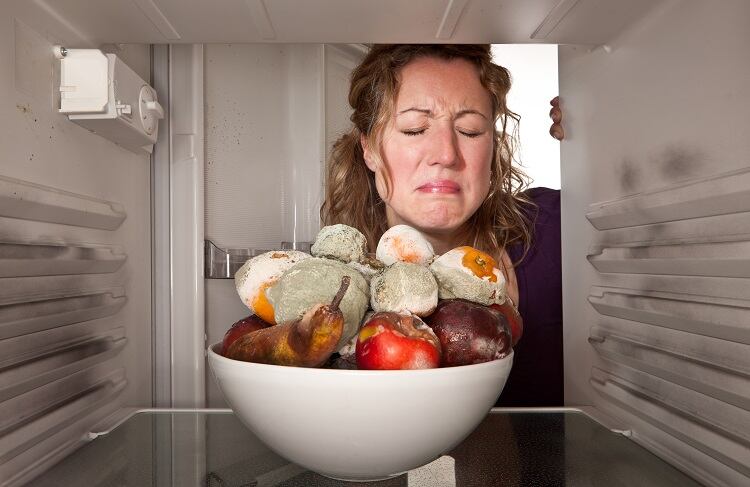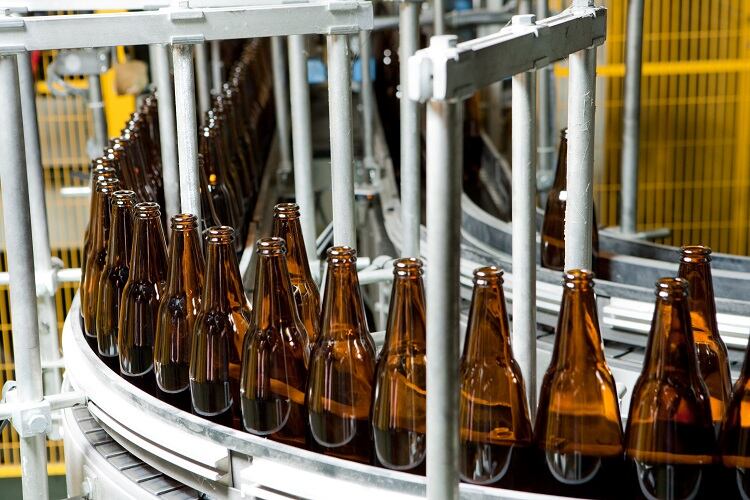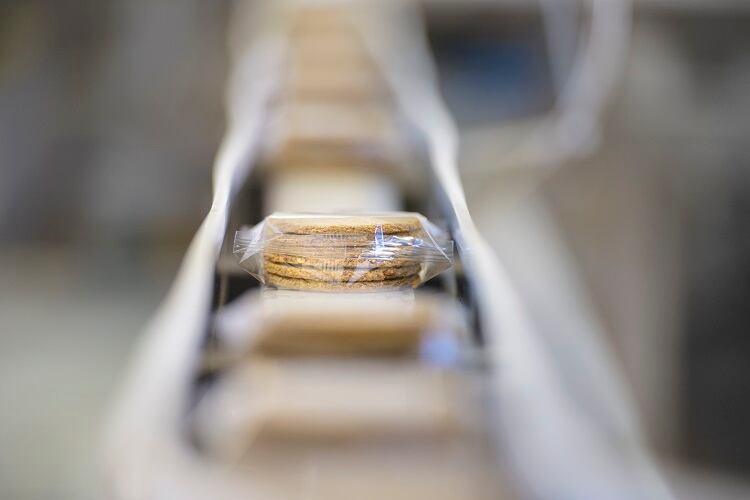Extending shelf-life through packaging depends on many things: the type of food, the environment around said food, and of course the material of the food packaging itself.
“Material is specific to the application,” Tom Seymour, Business Development Specialist at US flexible plastic packaging supplier Bison Bag Company and member of the Institute of Food Technologists Food Packaging Division, told FoodNavigator.
“It’s important to review a product’s chemistry to understand its needs for potential barrier from moisture and oxygen or if the product needs a level of respiration to keep the food in its ideal state.”
Combatting the different causes of food decay
“Understanding the chemistry of the food product,” Seymour told us, “is critical in identifying the proper material for protecting the food to the expected outcome for shelf-life.”

There are several key causes of food decay, according to the Institute of Food Technology (IFT). For example, there is lipid oxidisation, a reaction between oxygen and fatty acids, leading to the degradation of lipids, fatty compounds found in the body. Then, you have moisture loss or gain.
It is also caused by browning, the process in which food turns brown, which can be caused by enzyme groups such as polyphenol oxidase (PPO), and also can happen without enzymes by the reaction between sugars and proteins upon the impact of heat. Lastly, it can be caused by microbial growth.
Packaging can’t combat all of these at once. “Each packaging material has their pros and cons for what they can do for protecting foods,” Seymour told us.
For example, “in the example of flexible films, EVOH is a great 02 barrier but not great for moisture.” Ethylene–vinyl alcohol (EVOH) films provide a strong oxygen barrier because of the tortuous diffusion path that the oxygen is faced with to permeate the film.
Some foods are also less susceptible to decay than others. For example, Seymour told us, “dry foods that are very stable are easy to use packaging to extend shelf-life.” Because dry foods have a low water content, microbial growth is inhibited.
When it came to the best material to store foods without refrigeration, Seymour said “ it depends on the product as there are many materials that are good for offering sufficient shelf life. Flexible films seem to be the fastest growing material on shelves.”
Flexible films are lightweight plastic packaging that is not as dense or rigid as other forms of plastic packaging.
Let there be light?
Another factor that has a significant impact on food decay is UV light. “UV light can change the composition of some foods,” Seymour told us, “which can cause changes in colour, taste, and substance, and produce undesirable flavours and odours. UV light can also digest proteins, damage antioxidants, and oxidize lipids.”
Brown glass, alongside products such as paper, paperboard, and aluminium foil, can block these harmful rays of UV light. Additionally, nanotechnology is producing packaging that can block UV rays effectively.

“Nanotechnology can improve the barrier properties of packaging, making it more resistant to moisture, oxygen, and UV light,” Paul Stannard, Chairman at The World Nano Foundation, told FoodNavigator.
“Nanocomposite materials or coatings can provide enhanced protection against microbial growth and other factors that contribute to food spoilage.”
Preventing food waste and sustainability
According to the Energy Saving Trust, food waste is responsible for around 8-10% of global greenhouse gas emissions. Of course, food waste is inexorably linked to the shelf-life of products. Packaging plays a key role in preventing it.
“It is critical to think of sustainability through the lens of food waste,” Seymour told us. “Using new innovations in materials to check a box for sustainability can be an error if the new material doesn’t protect the food the same or better.”
Essentially, even if a material in packaging is biodegradable, it may still not be sustainable if it simply leads to the food decaying quicker and being wasted. Seymour assured us that it’s not a choice between sustainability in packaging and extending food shelf life.
The future
Work is being done all the time on the best packaging to extend food shelf life. One type of packaging on which a lot of work is being done, Seymour suggested, is modified atmosphere packaging.
Modified atmosphere packaging, or MAP, involves the use of a gas atmosphere in a packaged food to extend shelf life, typically consisting of an inert gas such as nitrogen and an antimicrobially active gas such as carbon dioxide.
While MAP is easy to apply, it cannot alone protect food. It must be combined with good hygiene and a constant chill chain.
While research is being done on new ways to extend shelf-life, the old ways are often the best until we have more information.
“Currently the most effective materials for extending shelf life in food is using conventional materials that are tried and true,” Seymour told us. “There is much work being done to reduce materials and use science to build better materials with the same properties.”
Sourced From: Encyclopedia of Food and Health
'Oxidation of Food Components’
Published on: 2016
Doi: https://doi.org/10.1016/B978-0-12-384947-2.00508-0
Authors: R. Mozuraityte, V. Kristinova, T. Rustad
Sourced From: Comprehensive Sampling and Sampling Preperation
'4.04 - Sampling Techniques for the Determination of Volatile Components in Food of Animal Origin’
Published on: 10 July 2012
Doi: https://doi.org/10.1016/B978-0-12-381373-2.00128-9
Authors: B. Chiofalo, V. Lo Presti
Sourced From: Meat Products Handbook
'4 - Definitions of terms used in meat science and technology’
Published on: 2006
Doi: https://doi.org/10.1533/9781845691721.1.46
Authors: G. Feiner
Sourced From: Journal of Applied Polymer Science
'Oxygen barrier properties of polyketone/EVOH blend films and their resistance to moisture'
Published on: 2 June 2020
Doi: https://doi.org/10.1002/app.49537
Authors: J. Kim, S. Oh, S. Min Cho, J. Jun, S. Kwak
Sourced From: Food Hydrocolloids
'Biopolymer-based UV protection functional films for food packaging'
Published on: September 2023
Doi: hhttps://doi.org/10.1016/j.foodhyd.2023.108771
Authors: P. Ezati, A. Khan, R. Priyadarshi, T. Bhattacharya, S. K. Tammina, J. Rhim
Sourced From: Innovations in Food Packaging
'12 - Modified atmosphere packaging of ready-to-eat foods’
Published on: 2005
Doi: https://doi.org/10.1016/B978-012311632-1/50044-9
Authors: K. C. Spencer


